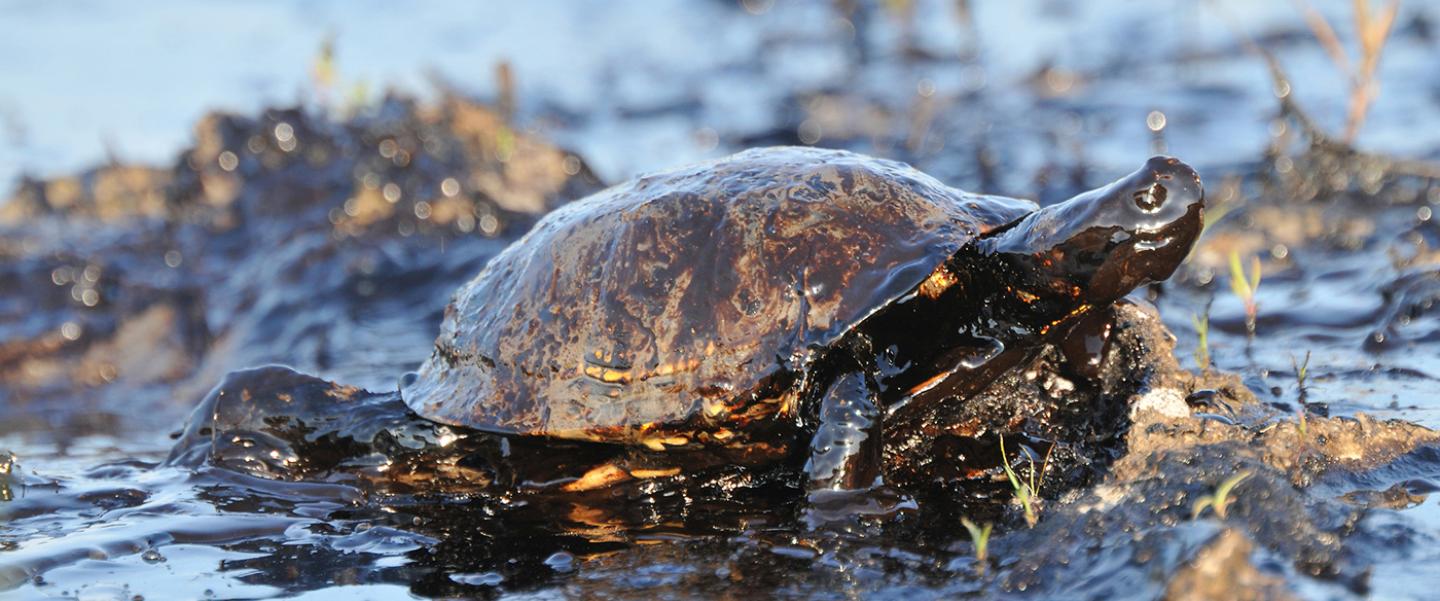HIGHLIGHTS
- The impact of Deepwater Horizon needed to be assessed
- Abt conducted research on a variety of marine animals
- Researchers developed a better understanding of exposure and injury pathways
The Challenge
The Deepwater Horizon disaster contaminated habitats across the northern Gulf of Mexico, including deep water corals, shallow bays, estuaries, coastal marshes and beaches. The spill affected wildlife ranging from birds to dolphins to sea turtles. The sheer scale of the spill and its effects on marine mammals required interdisciplinary research and novel methods to determine the scope of the impact.
The Approach
Research from Abt, the U.S. National Oceanic and Atmospheric Administration and other organizations described and quantified the impacts of the oil spill on marine animals. For example, we combined direct observation of rescued and oil-contaminated turtles with daily satellite images of the oil footprint to describe the effects on sea turtles. Abt also explained the harmful cumulative effects dolphins experienced as they inhaled, aspirated, ingested and/or absorbed oil during repeated exposures. The exposure increased mortality, reproductive failure, and poor health effects that would last years beyond the cleanup.
The Results
The team published its findings in the international scientific journal, Endangered Species Research. With the wealth of data from these studies and a more complete understanding of exposure and injury pathways to marine life, researchers were able to overcome the significant challenges of assessing the comprehensive impact of the spill to protected species.
